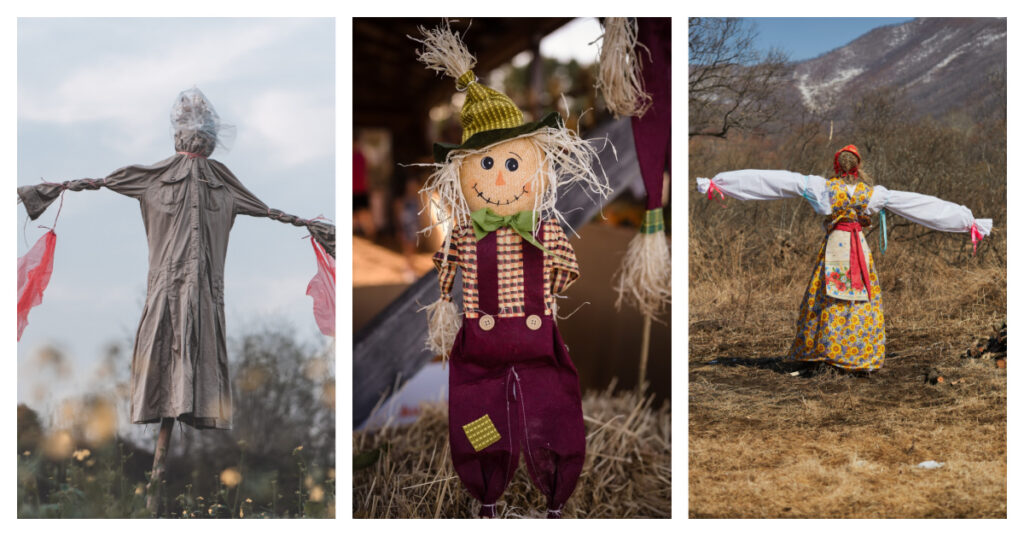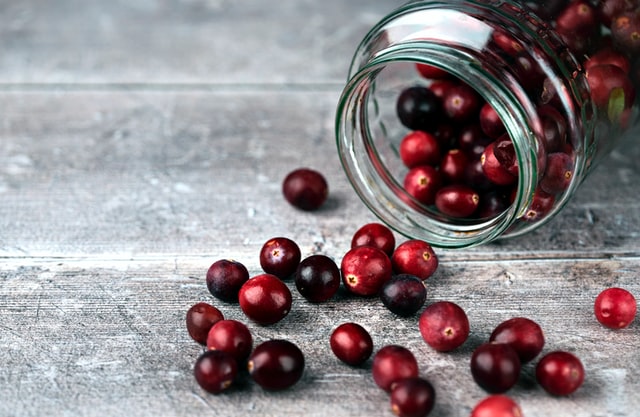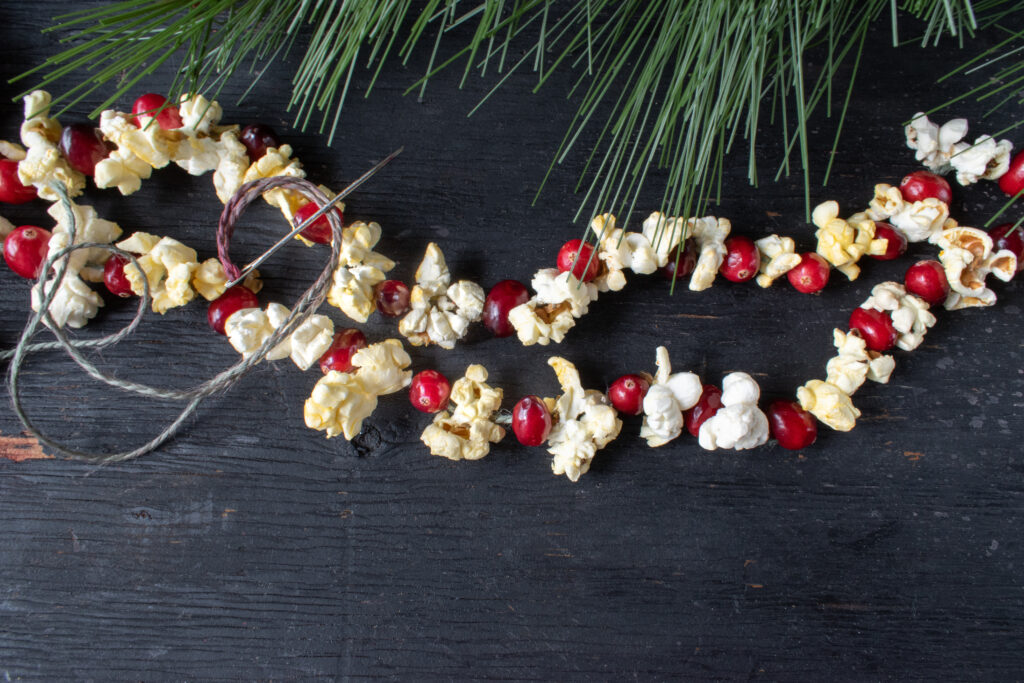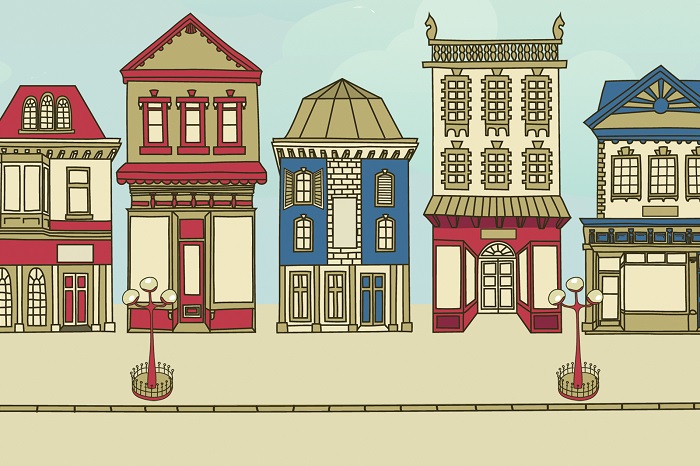I’m always asking friends, and their friends, about their family history, traditions, and their thoughts on current events (politics excluded.) So in preparation for this blog I asked them about November. I got the usual laughs and eye-rolls.
While not scientific by any means, about half were happy that Thanksgiving kicked off the excitement of the Christmas season. Some were sorry to see summer gone and autumn ending. All laughed about the trendy orange clothing that has taken over Wisconsin with the hunting season.
After the past couple of years of isolation, I wasn’t surprised when most talked about gathering the family around the table and serving Thanksgiving dinner with turkey and all the traditional side dishes. Cranberry sauce/jelly was a dish that garnered either “absolutely necessary” or “not-on-my-table” when I asked about a dish that I always serve.
The more I thought about the food being served by many for the holiday, the more I wanted to know the history of the turkey we eat and those little red berries. Thanks to the abundant sites on the internet, I found the answers to my questions.
Cranberries
Many Europeans exploring and settling New England in the 16th and 17th centuries were not surprised to see wild cranberries. They were familiar with the different varieties that grew in southern England. The English had many names for the fruit, but “cranberries” was the most common because many thought the flower of the bush resembled the head of a Sandhill crane, thus “crane-berries.”
Commercial cultivation in the U.S. began in 1816 by Captain Henry Hall, a Revolutionary War veteran. By 1885, Plymouth County had over 1300 acres under cultivation, and in the early 1900s the number of acres had tripled. By 1871, the first association of cranberry growers had formed and now, U.S. farmers harvest approximately 40,000 acres of cranberries each year.
Wisconsin has been the number one producer in the nation for 27 consecutive years, growing more than half the entire world’s supply.
So whether you have cranberries on your table next to the turkey or string them with popcorn for the Christmas tree, the little berry is part of our end-of-year bounty.
Turkey
Here’s a piece of trivia. Did you know that the costume for Big Bird of Sesame Street fame is made of nearly 4,000 white turkey feathers that have been dyed bright yellow. Smile here, that’s just in case you wondered.
Wild turkeys (those with colorful plumage) were probably first domesticated by native Mexicans. Spaniards brought the Mexican turkeys to Europe in 1519, and they reached England by 1524. They were brought back to the Western Hemisphere by the Pilgrims in 1620.
Charles Dickens’ The Christmas Carol is credited for popularizing the serving of turkey for Christmas dinner.
Abraham Lincoln proclaimed the last Thursday in November as a national day of Thanksgiving. But in 1939, Franklin Roosevelt changed it to one week earlier to make the Christmas shopping season longer. There was such an uproar that Congress declared the last Thursday of November as the legal holiday for Thanksgiving.
Today, the turkeys we eat are not at all similar to the wild birds. They are white in color and have been bred to have large breasts because Americans like the white meat of the bird. Hundreds of thousands of birds are raised each year to meet the demand for the Thanksgiving and Christmas table.
Scarecrows
I’ve seen many scarecrows this year, both in gardens and around homes as decorations. Curiosity led me back to the internet. Boy, was I surprised at the history of this hay-man.
As documented in recorded history, the Egyptians were the first to use scarecrows to protect their vast wheat fields along the Nile River from flocks of quail. In 2500 B.C., Greek farmers carved wooden scarecrows to scare the birds away from their vineyards. About that same time, the Japanese farmers were using the scarecrows to protect their rice fields. In Germany, farmers created scarecrows to resemble witches, made out of sacks stuffed with straw and heads made from painted gourds.

Whenever you see a scarecrow, it makes you think of the fun the person had making it. Some are scary, some funny, man or woman, it doesn’t matter. They are a cute decoration for the fall season.
Wishing you all the bounty and gratitude of the Thanksgiving season!
Believing in Tomorrow,
Gini







